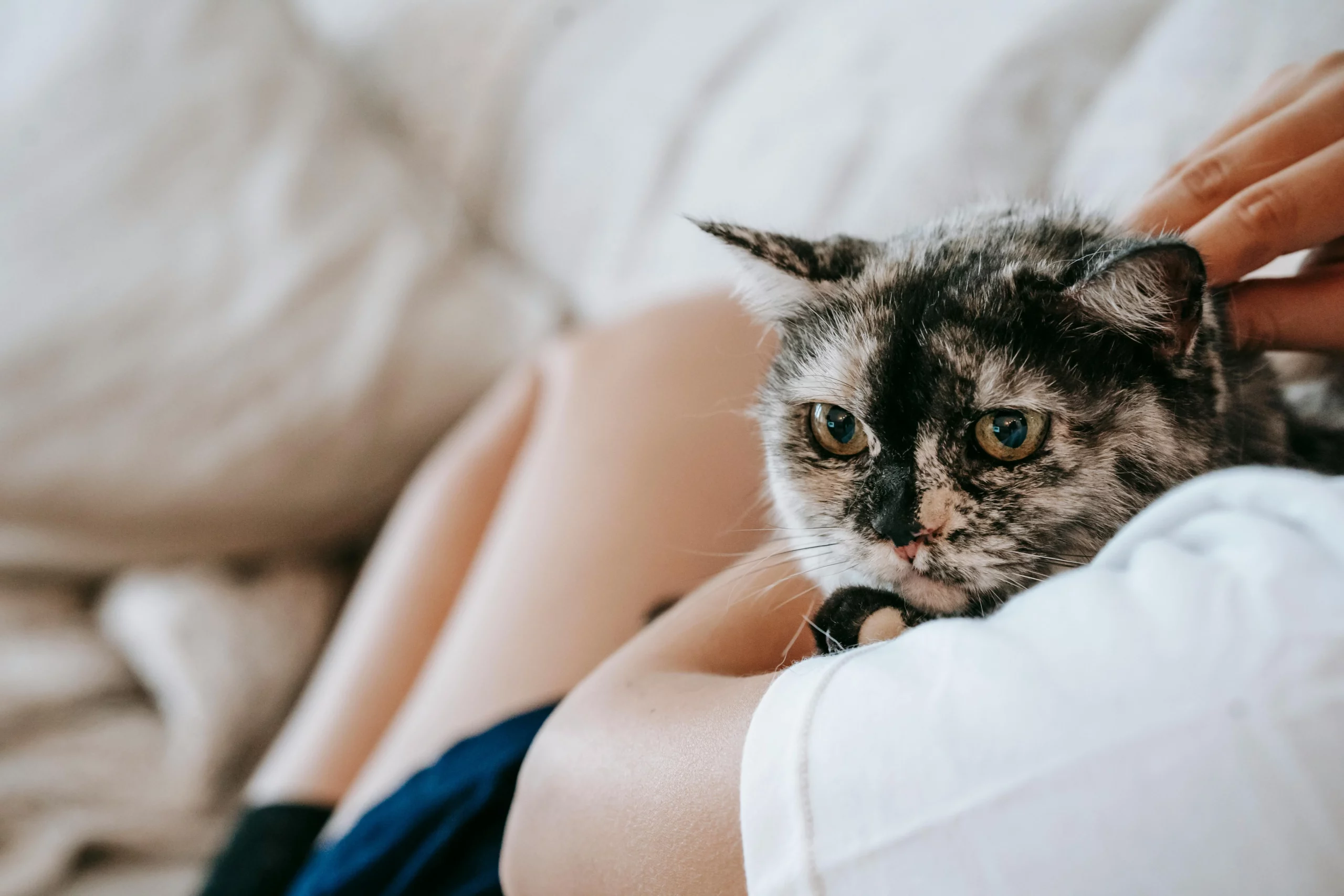The most common medical illness of older and middle-aged cats is hyperthyroidism. This occurs because your cat’s thyroid glands, tiny organs located on each side of the neck, overproduce thyroid hormone.
Thyroid hormone controls your cat’s metabolism, which is actually how their body uses energy.
When glands overact, the body of your cat becomes too fast. If not treated, hyperthyroidism can become very dangerous, but in case of treatment, most cats can lead a healthy, active life with the help of a trusted vet.
What Causes Hyperthyroidism in Cats?
In most instances, hyperthyroidism is due to an innocent tumour known as an adenoma on the thyroid gland.
It can be cancerous in exceptional instances. These tumours prevent the gland from reacting to the body’s normal signals and lead it to overproduce hormone continuously.
We don’t actually know what causes these tumours, but environment and diet may be involved. In most cases, the two thyroid glands are involved. It is uncommon in cats under 7, but more and more likely as they age.
According to the Australian Veterinary Association, it’s the most common hormone problem in older cats, so keeping an eye out for symptoms is important.
Signs to Watch For
Hyperthyroidism influences nearly every aspect of your cat’s body. Some of the more typical signs include:
- Eating more than their normal amount, often very hungry
- Losing weight despite the fact that they’re eating more
- Their coat rough, greasy, or unkempt
- Restlessness or being more active than usual
- Vomiting or diarrhoea
- Excessive drinking and peeing
- Being aggressive or irritable
- Rapid breathing or panting
- Weakness or muscle loss
Occasionally, cats behave strangely, perhaps they are quiet, less hungry, or depressed. This occurs in roughly 10% of situations.
How We Diagnose and Treat Hyperthyroidism at Centenary Vets
At Centenary Vets, we make sure to get the full picture before deciding on treatment.
Checking Your Cat
We’ll do a physical check and might feel a lump or enlargement in the neck where the thyroid is. We’ll also listen for a fast or irregular heartbeat, which can happen with this condition.
Blood Tests
A simple blood test checks thyroid hormone levels, usually called T4. We also check liver and kidney health, because these organs can be affected or have other issues.
Heart and Blood Pressure Checks
High blood pressure is common with hyperthyroidism, so we measure that too. Sometimes, we recommend further tests like heart ultrasounds or x-rays to make sure the heart is okay.
Early diagnosis is really important. Untreated hyperthyroidism can cause heart and kidney problems, as noted by the University of Melbourne’s veterinary hospital.
Treatment Options
There are a few ways to treat hyperthyroidism, and we’ll help you choose what’s best for your cat.
1. Medication
Anti-thyroid drugs help stop the thyroid from making too much hormone. They’re usually given once to three times a day.
Good points:
- No surgery or anaesthetic needed
- Medication can be adjusted or stopped if needed
- Works well even if your cat has kidney problems
Things to consider:
- Your cat needs medicine for life
- Some cats don’t like taking pills
- Blood tests are needed regularly
- Side effects can happen, especially early on
2. Surgery
Removing the affected thyroid gland can cure the problem.
Good points:
- Usually a one-time fix
- Often no need for ongoing medication
Things to consider:
- Requires anaesthetic, which can be risky in older cats
- Nearby glands can be accidentally affected
- Often your cat needs medication before surgery
- Sometimes not all affected tissue is removed
3. Radioactive Iodine Therapy
A special injection of radioactive iodine targets and destroys the abnormal thyroid tissue.
Good points:
- Very effective, cures about 90% of cats
- No surgery or anaesthetic needed
- Safe for most cats, even those with other health problems
Things to consider:
- Not available everywhere due to regulations
- Cats need to be kept isolated for 2 to 4 weeks after treatment
- Not great for cats that need regular care
- More expensive upfront
4. Special Diet
A low-iodine diet helps limit thyroid hormone production naturally.
Good points:
- Easy and non-invasive
- No pills or surgery
Things to consider:
- Must be fed exclusively, no treats or other food
- Less effective for severe cases
- Blood tests needed to keep an eye on progress
Keeping an Eye on Your Cat’s Health
No matter which treatment you choose, regular check-ups are important. Hyperthyroidism affects many body systems, so monitoring helps keep your cat well.
Here’s what’s typical:
- Blood tests 1 and 3 months after treatment
- Then every 6 months to check thyroid and kidney health
- Blood pressure and urine checks
- Heart ultrasounds every 6 to 12 months
- Weight checks at every visit
Your vet will make a plan that suits your cat’s needs. At Centenary Vets, we’re here to support you both every step of the way.
When to See the Vet
If your cat is losing weight but is eating more, or is otherwise different, don’t wait. Hyperthyroidism can be treated, and early detection makes a huge difference. Contact Centenary Vets to book a check-up or ask questions. We’re here to help with expert advice and care tailored to your cat.



